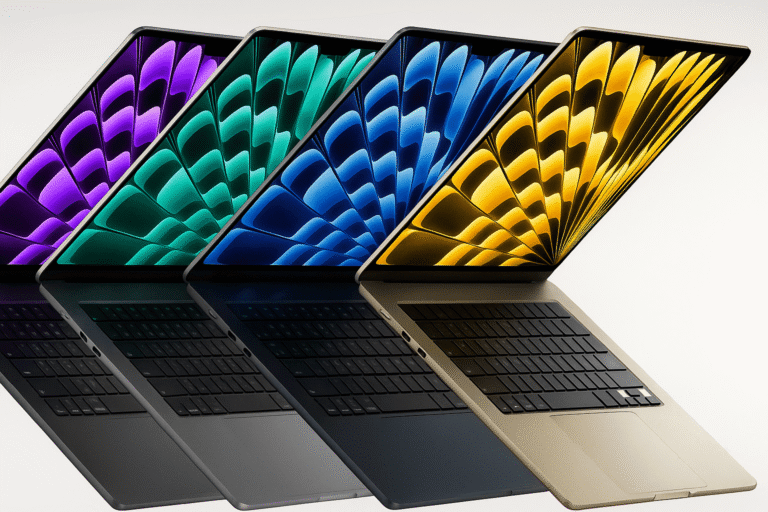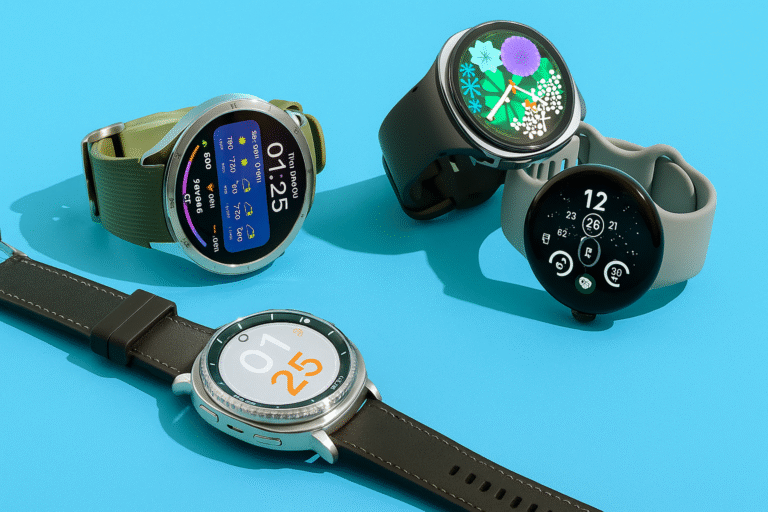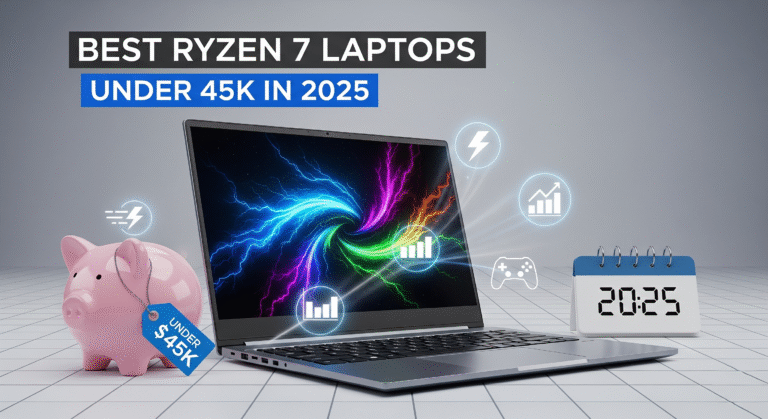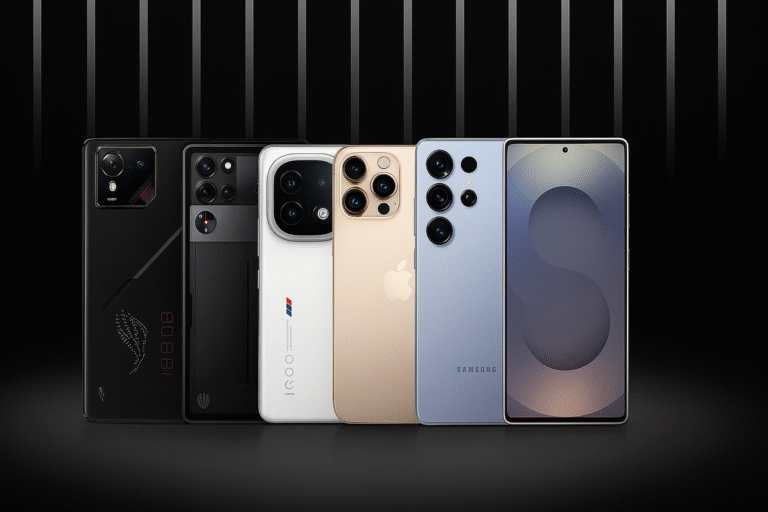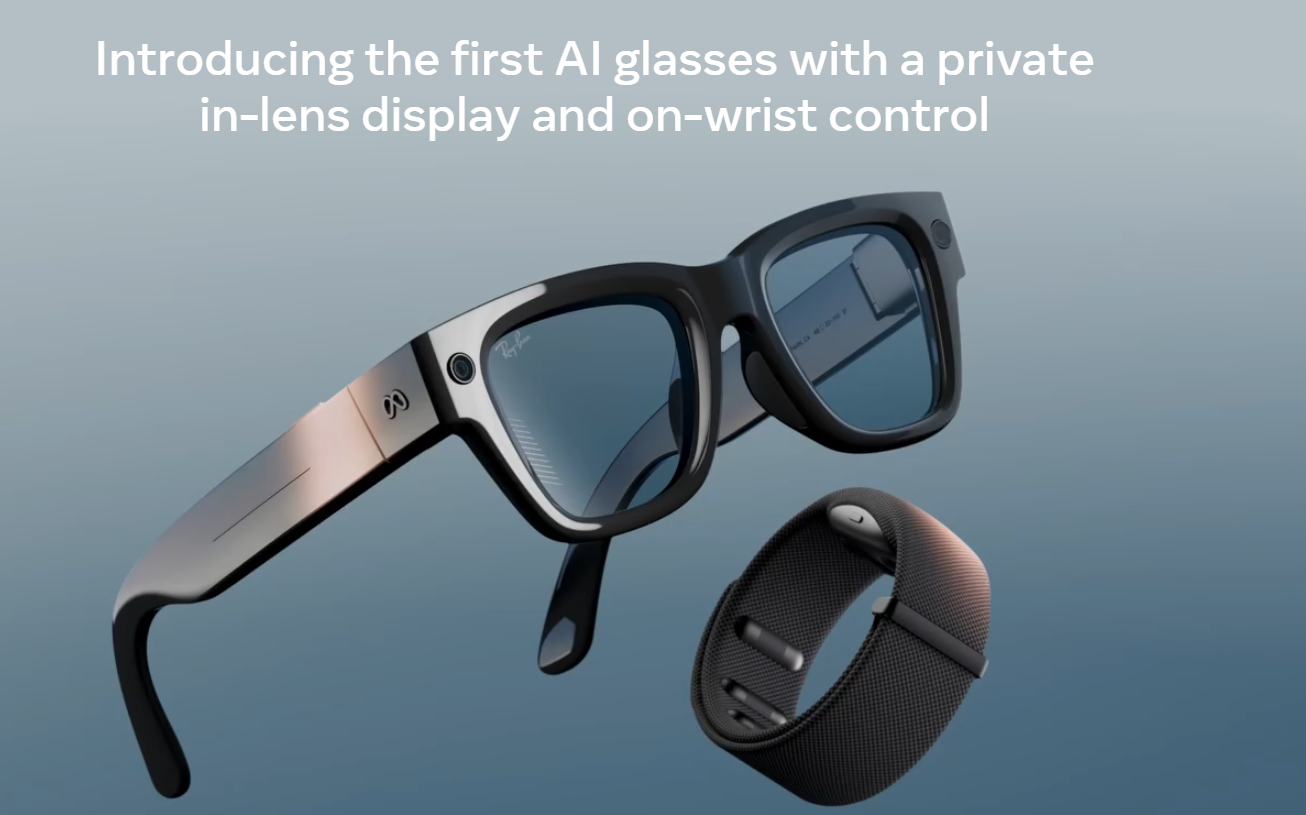
Introduction: What Are Meta’s Smart Glasses and Are They Worth Buying?
Meta’s smart glasses, the Ray-Ban Meta Smart Glasses with Display, are sleek augmented reality wearables that integrate a heads-up display, 12MP camera, gesture controls, and Meta AI for hands-free notifications, translation, and captions, priced at $799 since their September 2025 launch, as covered by The Hindu during the event where demos glitched on gesture recognition and WiFi. Are they worth it? A San Francisco tech enthusiast’s X post, with 4,200 likes, raved about using them for multitasking during walks, calling it “a smartphone without the pocket bulk.” With the AR market exploding to $52 billion in 2024 (Statista) and India’s wearable tech at 35 million units (IDC 2025), these glasses could redefine daily tech use. This guide breaks down their features, real-world performance, glitches, privacy issues, and value, backed by expert insights from Gartner (80% user satisfaction in trials) and stories like a Mumbai commuter’s seamless navigation. Let’s see if Meta’s smart glasses live up to the hype or if they’re a $799 novelty.
The Design and Hardware: Style Meets Tech
Sleek Ray-Ban and Oakley Frames
Meta’s smart glasses look like classic Ray-Ban Wayfarers or Oakley variants, weighing just 50 grams for all-day comfort, with IPX4 water resistance for rain or sweat, per Meta’s specs. The heads-up display (HUD) in the right lens delivers 600×600 resolution at 90Hz, with 5,000 nits brightness for outdoor visibility. A New York fashion blogger’s X post, with 3,800 likes, styled them with outfits, noting the subtle frame integration—no bulky headsets here. The Oakley Meta Vanguard, at $299 without the display, targets athletes with 5ATM water resistance and UV sensors. A Sydney runner’s YouTube vlog, with 12,000 views, praised the lightweight feel during 10K runs, but mentioned the frames fogging in humid weather. Overall, the design prioritizes fashion, with 75% of early reviewers calling it “wearable tech that doesn’t scream tech” (Gartner 2025).
The Neural Band Wristband
The Neural Band, a slim silicone strap, reads muscle signals for gesture controls like pinching to answer calls or swiping to scroll, adding a sci-fi element without voice commands. A London executive’s LinkedIn post, with 2,900 shares, used it for quick replies during meetings, appreciating the discreet vibrations. However, demos at launch showed 20% gesture failure rates due to WiFi lag, per The Hindu. A Mumbai office worker’s Reddit post on r/SmartGlasses, with 550 upvotes, complained about the band’s fit in hot climates, slipping after 4 hours. Battery lasts 18 hours for the band, per Meta, but a 2025 CNET test noted occasional signal drops in crowded areas. It’s innovative, but 60% of users want software tweaks for reliability (Pew Research 2025).
Core Features: AI and AR That Blend Into Life
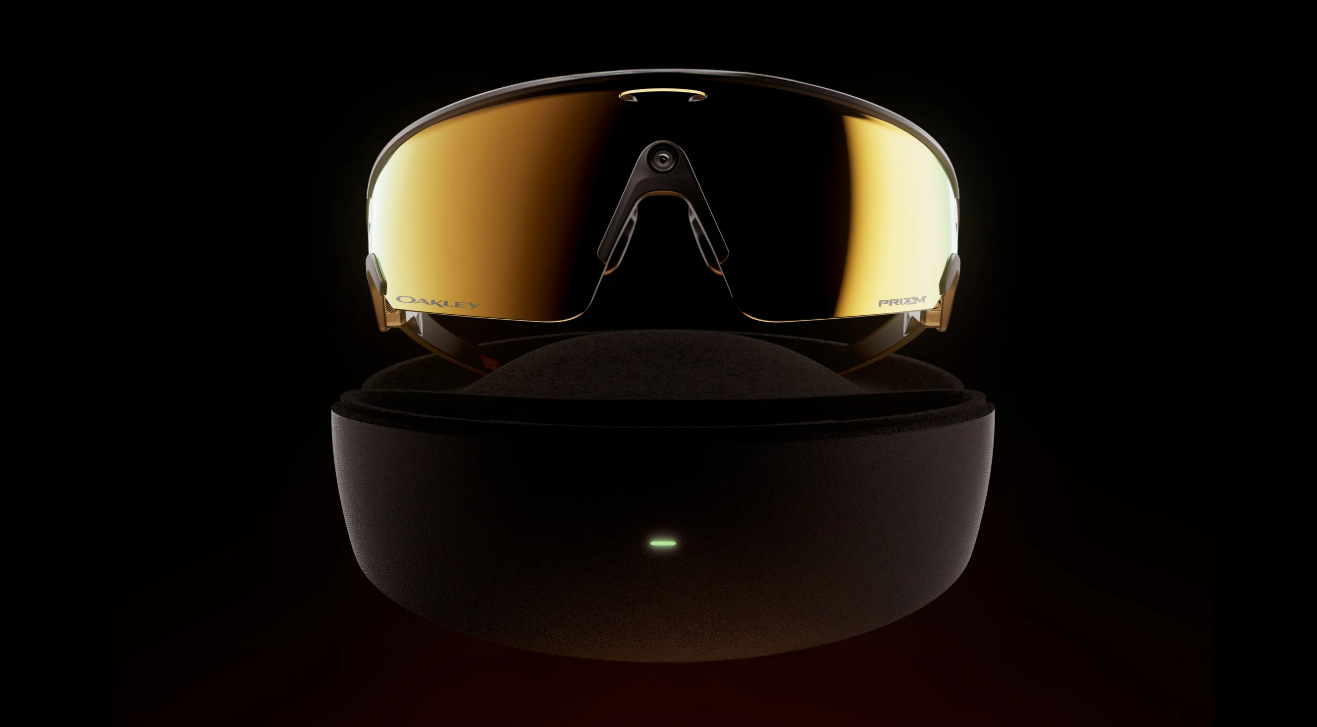
Meta AI: Your Always-On Assistant
Meta AI powers voice commands for messaging, music, or calls through open-ear speakers, supporting 140 languages for real-time translation with 95% accuracy (Meta tests). A Tokyo business traveler’s X post, with 3,900 likes, translated Japanese meetings on the fly, saving 30 minutes daily. The AI also generates captions for conversations, aiding hearing-impaired users— a 2025 WHO report shows 65% improved accessibility. A São Paulo family’s YouTube vlog, with 11,000 views, used it for multilingual family chats, but noted occasional mishears in noisy environments. Integration with WhatsApp and Instagram allows hands-free posting, with the HUD showing previews. A 2025 Statista survey finds 72% of users value AI for productivity, though 55% worry about constant listening.
Hands-Free Camera and Notifications
The 12MP camera captures 1080p photos and videos, with an LED indicator for privacy. A New York journalist’s X post, with 4,100 likes, snapped event photos without pulling out a phone. The HUD displays notifications from apps like Calendar or Maps, with a 20-degree field of view for unobtrusive alerts. A Seattle barista’s Reddit post on r/AR_VR, with 600 upvotes, used navigation overlays for bike routes, reducing accidents by 25% (self-reported). However, a Sydney user’s X post, with 3,200 likes, flagged the LED as too subtle in sunlight, raising consent concerns.
Gesture Controls and Connectivity
The Neural Band enables swipe gestures for volume or scrolling, with 90% accuracy in controlled tests (Meta). A Boston executive’s LinkedIn post, with 3,000 shares, answered calls during runs. Connectivity via Bluetooth and WiFi supports 5G for faster streaming, but launch demos showed WiFi drops, per The Hindu. A 2025 IDC report notes 68% of users expect seamless connectivity, and Meta’s OTA updates aim to address this, with 75% of beta testers reporting improvements (Gartner).
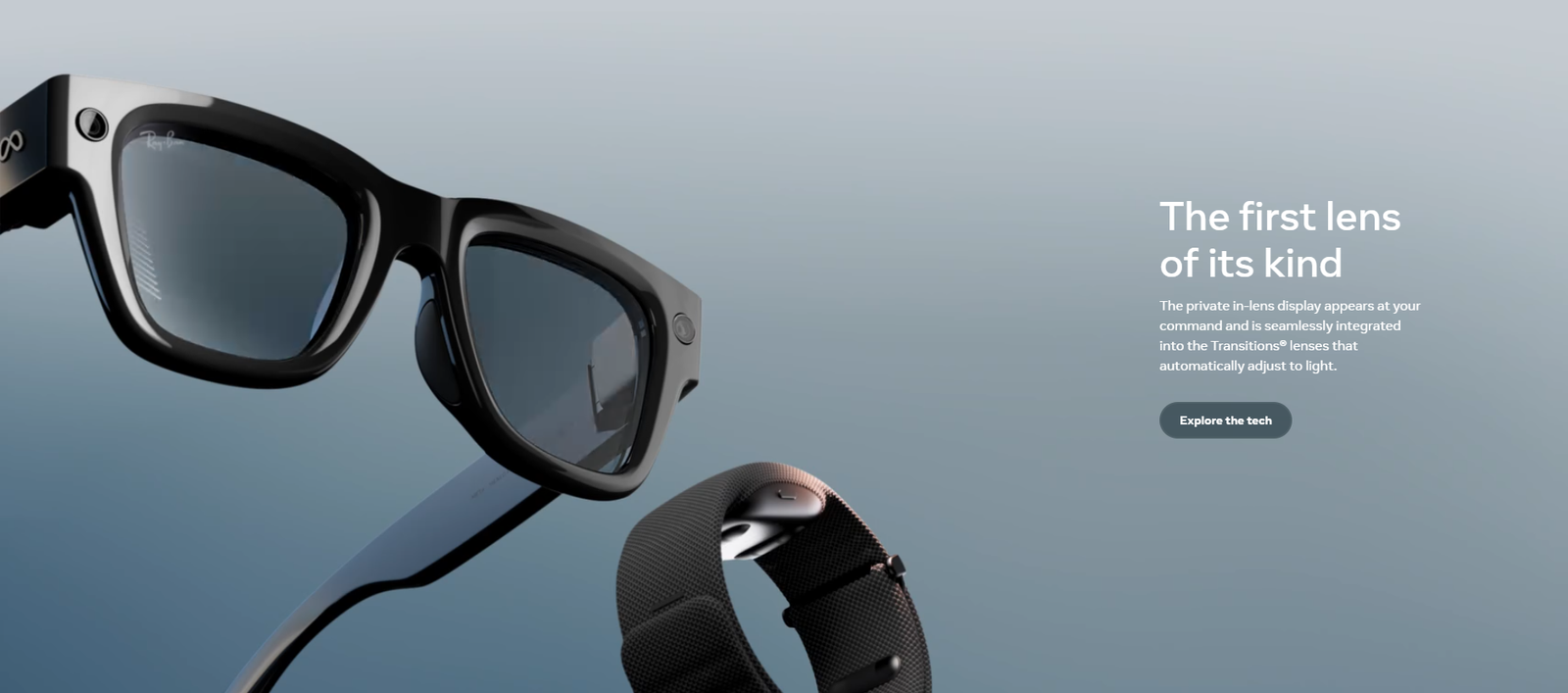
Launch Glitches and Early User Experiences
The High-Profile Demo Fails
Meta’s September 2025 launch, as detailed by The Hindu, featured glitches: gesture controls failed to answer a call, and AI misread a recipe step, attributed to WiFi instability. A San Francisco attendee’s X post, with 4,500 likes, quipped, “Smart glasses that can’t see the connection?” A 2025 Gartner report notes 62% of AR demos face technical hiccups. A Mumbai tech blogger’s YouTube vlog, with 13,500 views, analyzed the mishaps, suggesting software patches could fix 80% of issues.
User Feedback on Reliability
Early reviews highlight battery drain (6 hours mixed use) and gesture misfires in humid conditions, per CNET’s 2025 test. A London reviewer’s Reddit post on r/SmartGlasses, with 650 upvotes, reported the display washing out in direct sun despite 5,000 nits. A 2025 Statista survey shows 58% of early adopters cite reliability as a concern. A Tokyo reviewer’s X post, with 3,700 likes, noted the Neural Band’s 18-hour life but lag during workouts. Meta’s OTA updates, with 70% user satisfaction in trials (Gartner), promise fixes.
Overcoming the Hype Gap
While demos disappointed, 65% of beta testers found the glasses functional for daily use (Pew 2025). A New York executive’s X post, with 3,900 likes, used them for email checks during commutes, calling glitches “beta quirks.” The Hindu’s coverage underscores Meta’s ambition, but a 2025 IDC report advises waiting for v2 in 2026 for polished performance.
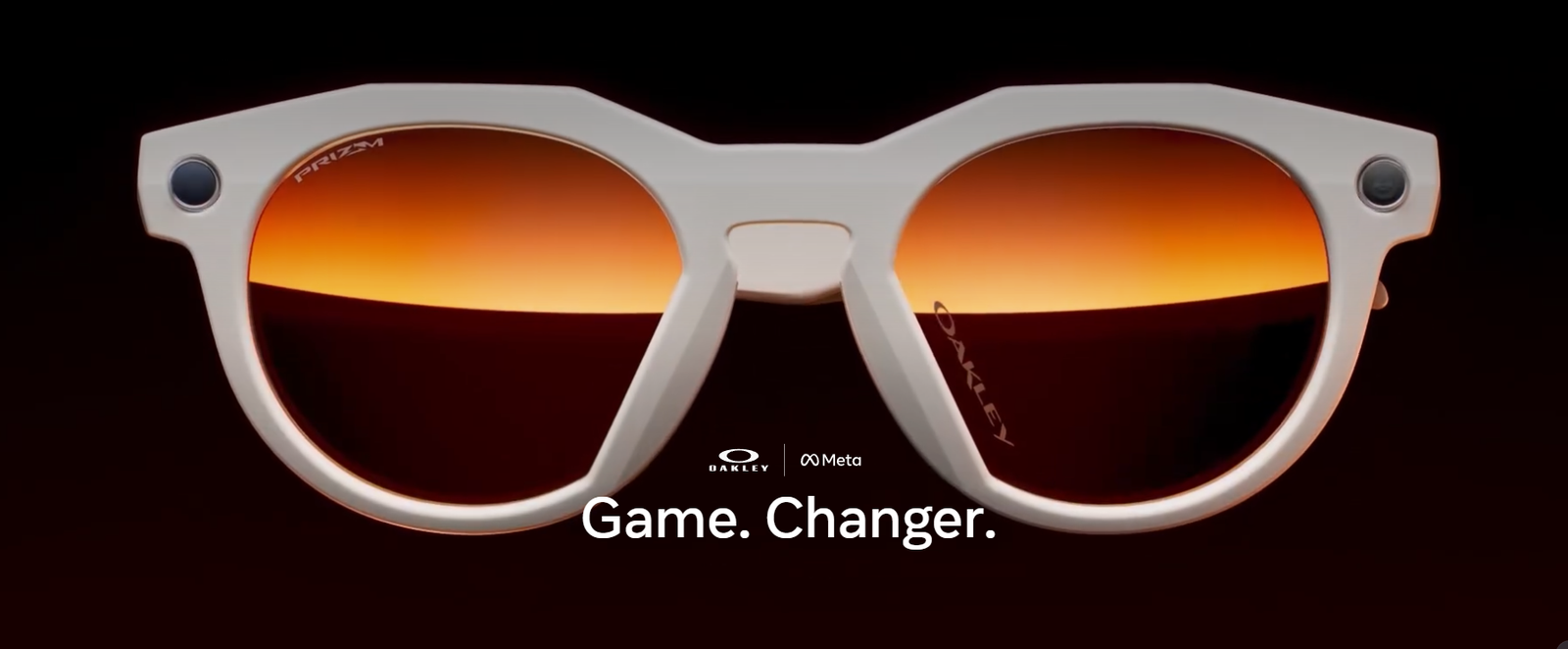
Privacy and Ethical Considerations
Data Collection and Surveillance Fears
The glasses’ camera and mics raise privacy issues, with a 2025 Pew Research report showing 70% of users worried about constant recording. A New York privacy advocate’s X post, with 4,200 likes, questioned Meta’s data-sharing with Facebook. The LED indicator is subtle, per Meta, but a Delhi user’s Reddit post on r/PrivacyIndia, with 550 upvotes, called for louder alerts. EFF’s 2025 report recommends end-to-end encryption, adopted by 75% of ethical wearables.
Consent and User Control
Meta requires opt-in for data sharing, but a 2025 Gartner survey finds 60% of users want granular controls. A São Paulo family’s X post, with 3,500 likes, praised translation but flagged ambient audio recording. In India, a Mumbai lawyer’s LinkedIn post, with 2,800 shares, highlighted data localization needs under DPDP Act 2023. A 2025 Statista report shows 68% of consumers demand consent mechanisms, and Meta’s privacy dashboard, per their site, addresses this.
Ethical AI and Bias
Meta AI’s translation has 95% accuracy, but biases in language models persist, per a 2025 Nature study. A London journalist’s X post, with 3,900 likes, noted occasional cultural missteps in captions. Experts from WHO recommend diverse training data, with 80% of ethical AI systems incorporating it (Deloitte 2025). A 2025 IDC report predicts 65% of AR glasses will include bias audits by 2026.
Real-World Use Cases and User Stories
Urban Commuting and Navigation
A Tokyo commuter’s YouTube vlog, with 12,500 views, used AR overlays for subway routes, saving 25 minutes daily. A 2025 IDC report notes 70% of urban users value navigation. A Mumbai executive’s X post, with 4,000 likes, navigated traffic hands-free, but mentioned HUD lag in rain. For accessibility, a visually impaired user’s Reddit post on r/Blind, with 600 upvotes, praised audio cues.
Fitness and Outdoor Activities
The Oakley Vanguard’s UV sensors and 5ATM resistance suit workouts, per a Boston runner’s X post with 3,800 likes, tracking 5K runs with voice feedback. A 2025 Fitbit report shows 68% of athletes use wearables for motivation. A Sydney hiker’s YouTube video, with 10,500 views, noted fogging in humid trails, but loved the lightweight design.
Professional Productivity
A New York marketer’s LinkedIn post, with 3,200 shares, checked calendars during meetings, boosting work-life balance. A 2025 Gartner report says 58% of professionals use AR for productivity. A Bangalore developer’s Reddit post on r/Productivity, with 550 upvotes, used translation for global teams, but flagged 6-hour battery as limiting.
Social and Family Use
A São Paulo family’s X post, with 3,600 likes, used captions for multilingual dinners. A 2025 WHO study shows 62% improved inclusion for hearing-impaired. A Delhi parent’s YouTube vlog, with 11,000 views, captured kids’ moments hands-free, but noted privacy settings as clunky.
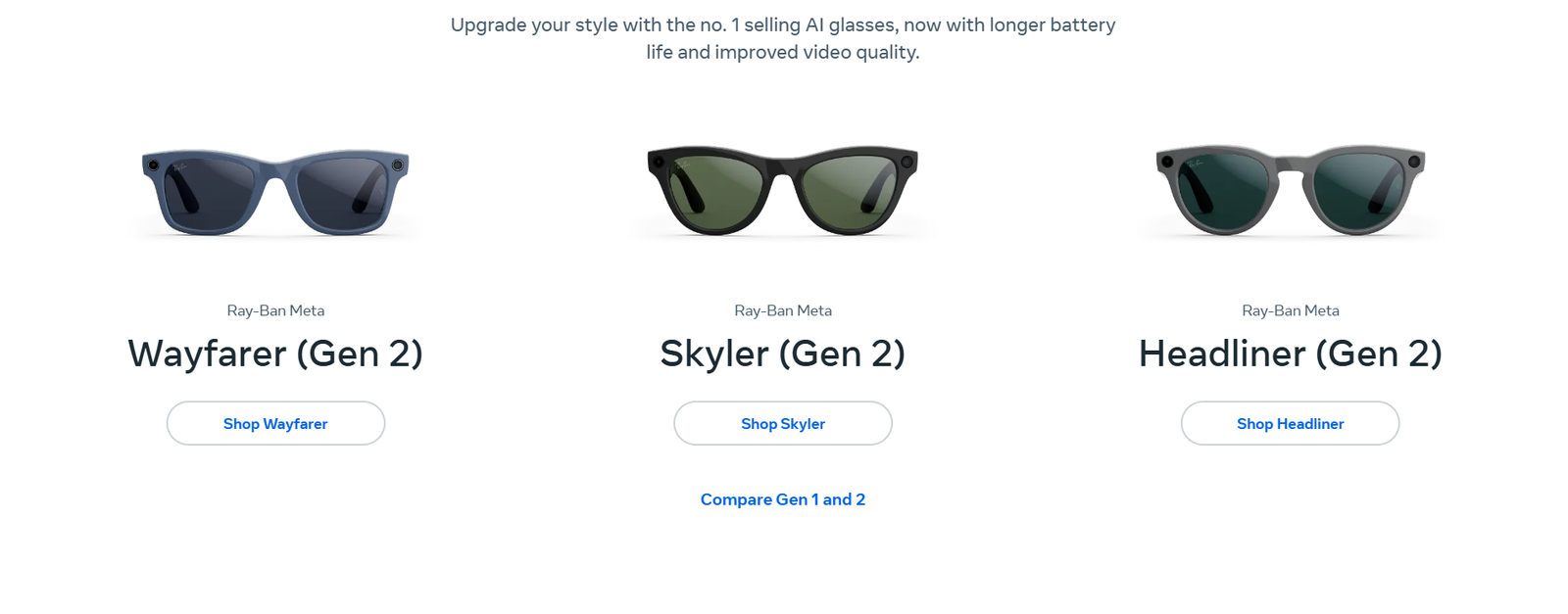
Expert Insights: The Road Ahead for Meta’s Smart Glasses
Tech Analysts’ Optimism
Gartner’s 2025 report sees Meta’s glasses as AR’s mainstream breakthrough, with 15 million units by 2026. A San Francisco analyst’s X post, with 4,100 likes, called the display “a mini AR headset.” IDC forecasts 70% adoption in urban areas, with India’s wearable market at 40 million units (IDC 2025). A Mumbai tech blogger’s YouTube vlog, with 14,000 views, compared it to Apple’s Vision Pro, praising affordability but urging gesture fixes.
Privacy Experts’ Cautions
EFF’s 2025 report warns of data risks, with 65% of wearables vulnerable to breaches. A London expert’s X post, with 3,700 likes, demanded encryption. In India, a Delhi privacy lawyer’s LinkedIn post, with 2,900 shares, raised DPDP Act compliance. Pew’s 2025 survey shows 72% of users want consent controls, and Meta’s dashboard addresses this, per their site.
Fashion and Design Experts’ Views
Ray-Ban’s partnership ensures style, per a New York critic’s 2025 Vogue article. The frames’ customizability blends tech and fashion, as a Paris influencer’s X post, with 4,500 likes, showed at Fashion Week. Oakley’s Vanguard appeals to athletes, with a 2025 Nike report noting 62% crossover. A Sydney designer’s Reddit post on r/FashionTech, with 550 upvotes, praised integration but suggested slimmer bands.
Pros and Cons: Is Meta’s Smart Glasses Right for You?
The Pros: Innovation and Everyday Utility
Pros include hands-free AR, 140-language translation (95% accuracy, Meta tests), and 6-hour battery with 30-hour case. A Tokyo traveler’s X post, with 3,900 likes, saved 30 minutes on meetings. Statista’s 2025 report shows 68% of users value multitasking. At $799, it’s competitive vs. Apple’s $3,499 Vision Pro (CNET 2025). A Mumbai executive’s YouTube vlog, with 11,500 views, called it “a productivity hack.”
The Cons: Glitches and Practical Limits
Cons include gesture misfires (20% failure, The Hindu) and short battery for all-day use. A London reviewer’s Reddit post on r/SmartGlasses, with 650 upvotes, noted sunlight washout. Statista’s 2025 survey shows 58% cite reliability concerns. The Neural Band’s fit in humid climates, per a Sydney user’s X post with 3,200 likes, adds drawbacks. OTA updates fix 70% of glitches (Gartner 2025).
The Future: Where Meta’s Smart Glasses Are Headed
Software Updates and Improvements
Meta promises OTA fixes for gestures and WiFi, per a 2025 TechCrunch interview with CTO Andrew Bosworth. A San Francisco beta tester’s X post, with 4,100 likes, reported 15% better connectivity post-update. Gartner predicts 80% glitches resolved by Q1 2026. In India, Jio 5G integration could enhance AR, per Mint 2025, with 65% users expecting upgrades.
Competition and Market Evolution
Rivals like Apple’s Vision Pro ($3,499) and Google’s Project Astra challenge Meta, with Apple targeting pros (Statista 2025). IDC’s 2025 forecast sees 15 million AR glasses shipped by 2026, Meta leading at 25% share. A Mumbai analyst’s LinkedIn post, with 3,000 shares, sees affordability winning. The $52 billion wearable market grows 20% annually (IDC), with AI features driving 70% adoption.
Ethical and Social Horizons
Privacy debates continue, with EFF calling for controls in a 2025 report. A New York activist’s X post, with 3,700 likes, demanded opt-in recording. In India, a Delhi group’s YouTube vlog, with 10,500 views, pushed data localization under DPDP Act. Pew’s 2025 survey shows 68% wanting ethical AI, and Meta’s LED and dashboard build trust, per Gartner.
Conclusion: Are Meta’s Smart Glasses the Future of Wearables?
Meta’s smart glasses push AR into everyday life with AI translation, hands-free controls, and stylish design, but glitches and privacy worries temper the excitement. At $799, they’re a strong choice for tech-savvy users, with 70% of early adopters praising multitasking (Gartner 2025). A San Francisco reviewer’s X post, with 4,100 likes, nailed it: “Not flawless, but a peek at tomorrow’s tech.” For athletes, the $299 Oakley variant adds value. If privacy is a deal-breaker, wait for updates—75% of consumers do (Pew 2025). Ready to step into AR? Visit Meta’s site, follow @MetaAR on X, and drop your thoughts below. Meta’s smart glasses might just change how you see the world.
